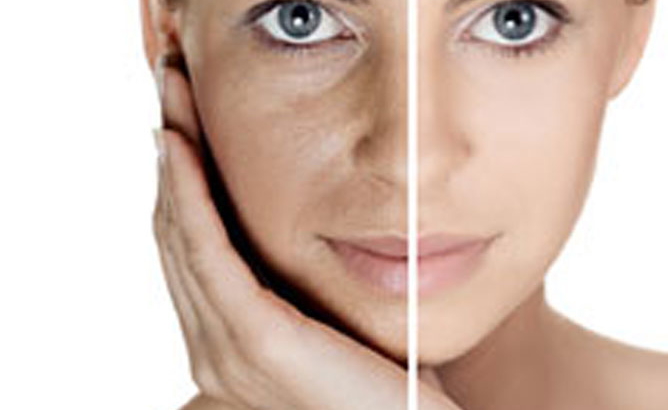Melasma, a common and chronic skin condition which not only affects your skin but your self confidence. You feel like not going anywhere, not meeting anyone because of that brown, ugly patches on your face. That’s Melasma, a very common skin condition, mostly seen in women in the reproductive years, but males are also not fully spared. Where 1 in every 4 women has a chance of developing Melasma, the ratio in males are 1:20. It is more common in people who have a naturally brown skin or who tan well in comparison to white or black skin.
Reason Behind Melasma: Melasma is a brown, symmetrical (affects both sides of the face) patchy area due to overproduction of the pigment responsible for skin colour (Melanin). If due to any reason melanocytes (the cells responsible for production of melanin) is stimulated, they start overproduction of melanin, resulting in darkening of that area namely Melasma.
There are some triggering factors for the overproduction of melanin:
- Sun Exposure– The harmful UV rays can stimulate melanocytes for overproduction of melanin.
- Pregnancy– Many women develop Melasma during pregnancy but often fade out a few months after delivery. But for some it can be a chronic condition.
- Medication– Oral contraceptive pills containing Oestrogen and Progesterone, Antiseizure medicines and some other medicines which make skin more sun-sensitive. Hormone replacement therapy in post menopausal women can also be a major reason.
- Hypothyroidism– Low thyroid hormone level.
- Genetic Predisposition– About one third of patients have a family history of Melasma.
Treatment: Many treatment facilities are available to reduce Melasma. But one thing you need to remember before seeking a treatment option, that is that Melasma can be only reduced but it is not fully reversible and it may recur.
- Medication:
- Hydroquinone: This is common skin lightening agent prescribed by dermatologists. But this should be used only at night as it can increase sun sensitivity and NEVER use it for more than 3 months in a row as it can cause a peculiar pattern of PERMANENT Skin Darkening called Ochronosis.
- Topical Retinoids: This is usually a supportive treatment because it increases penetration of adjunct therapy. But usually the response rate is slow and takes 6 months or longer to show results.
- Others: Azelaic acid, Ascorbic acid, Kojic acid.
One thing you need to remember is that Melasma can recur once you stop treatment. So in between the interval period of hydroquinone, you should use milder medicines like Kojic or Azelaic acid.
Home remedies: Those who are allergic to medicines or doctors can try some of these methods:
# Lemon juice: Lemon juice contains ascorbic acid which is a natural skin lightening agent.
Extract the juice of one fresh lemon. Apply it with a cotton pad on the affected area and leave it for 15 to 20 minutes. Rinse off with lukewarm water. Do it twice daily and you will see results in 3 to 4 weeks.

Extract the juice of one fresh lemon. Apply it with a cotton pad on the affected area and leave it for 15 to 20 minutes. Rinse off with lukewarm water. Do it twice daily and you will see results in 3 to 4 weeks.
Apple cider vinegar: It contains acetic acid and vitamin C, they both are powerful bleaching agents.

Mix together equal amounts of water and vinegar. Apply it on the spots and leave it for 3 to 5 minutes and wash off. Follow this once daily for few weeks for best results.
So this was it for you guys. Watch out for more and stay beautiful.
Article By: Dr. Tasnim Tamanna Haque
Original Post: https://drtamanna07.wordpress.com/2016/03/19/dos-and-donts-of-melasma/


